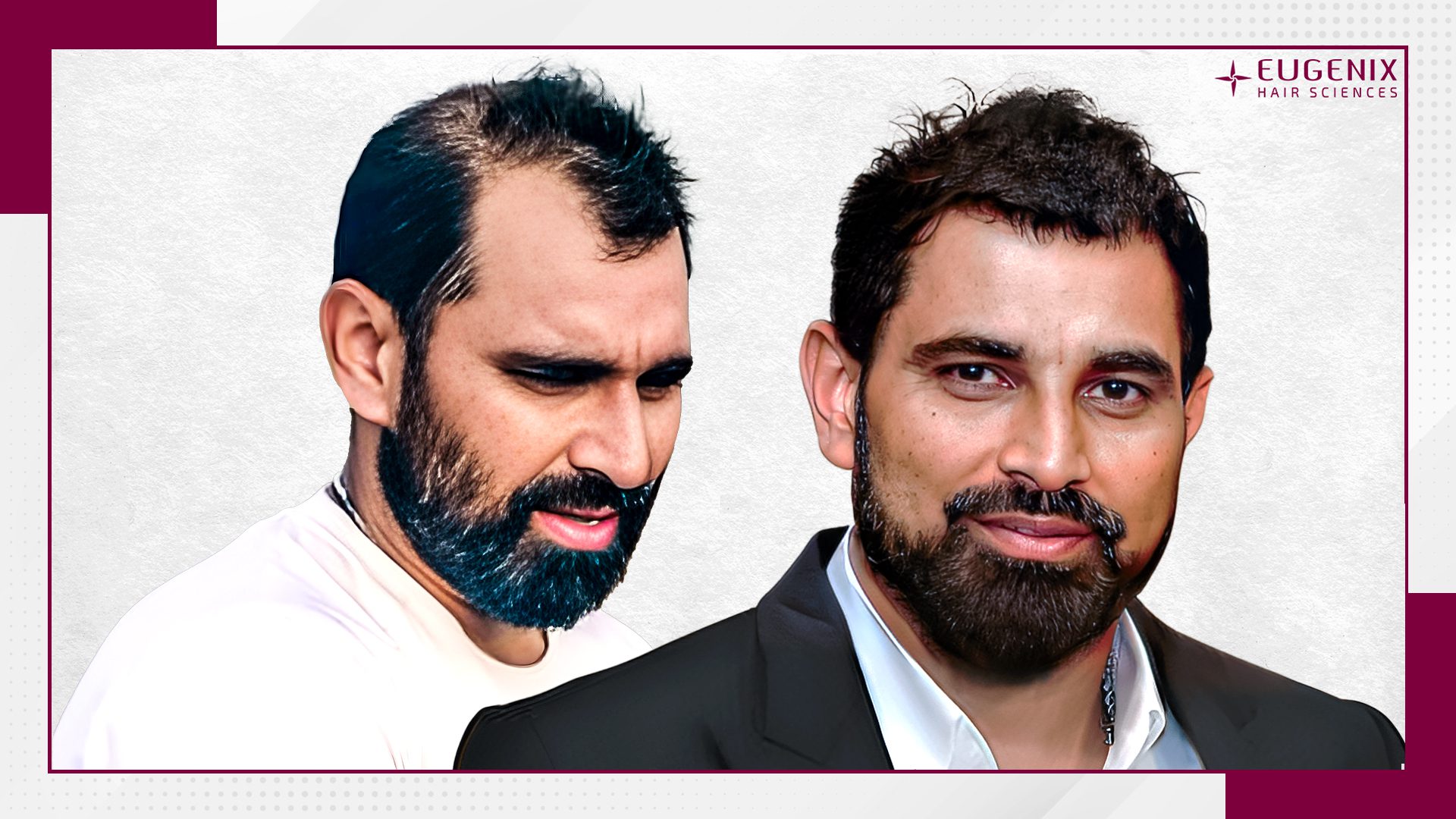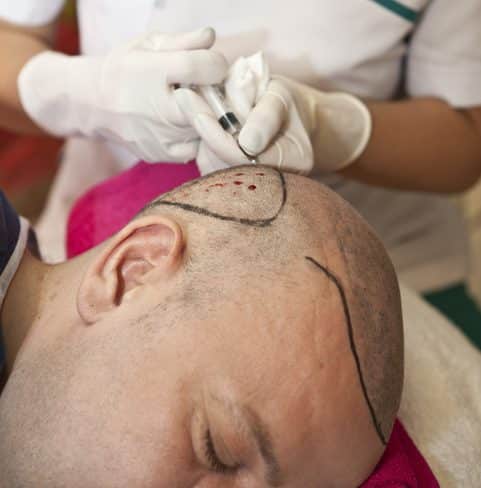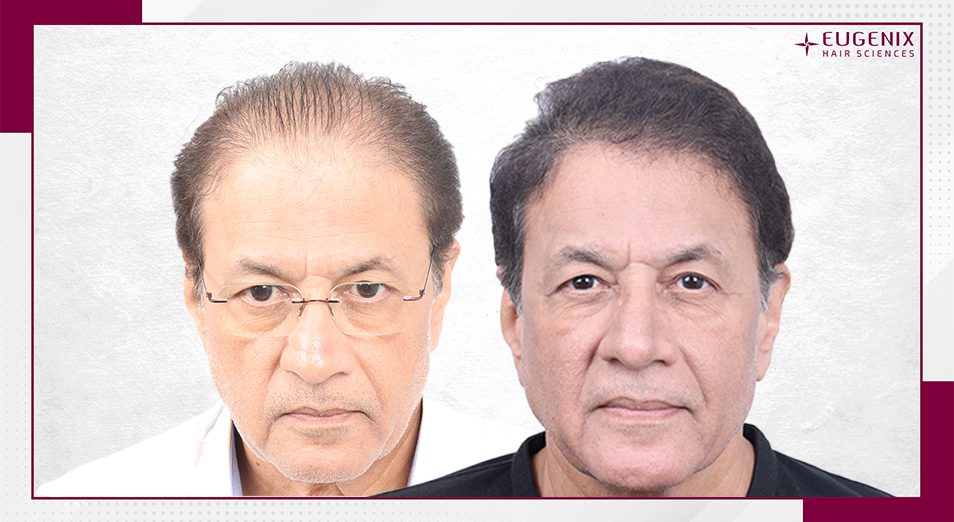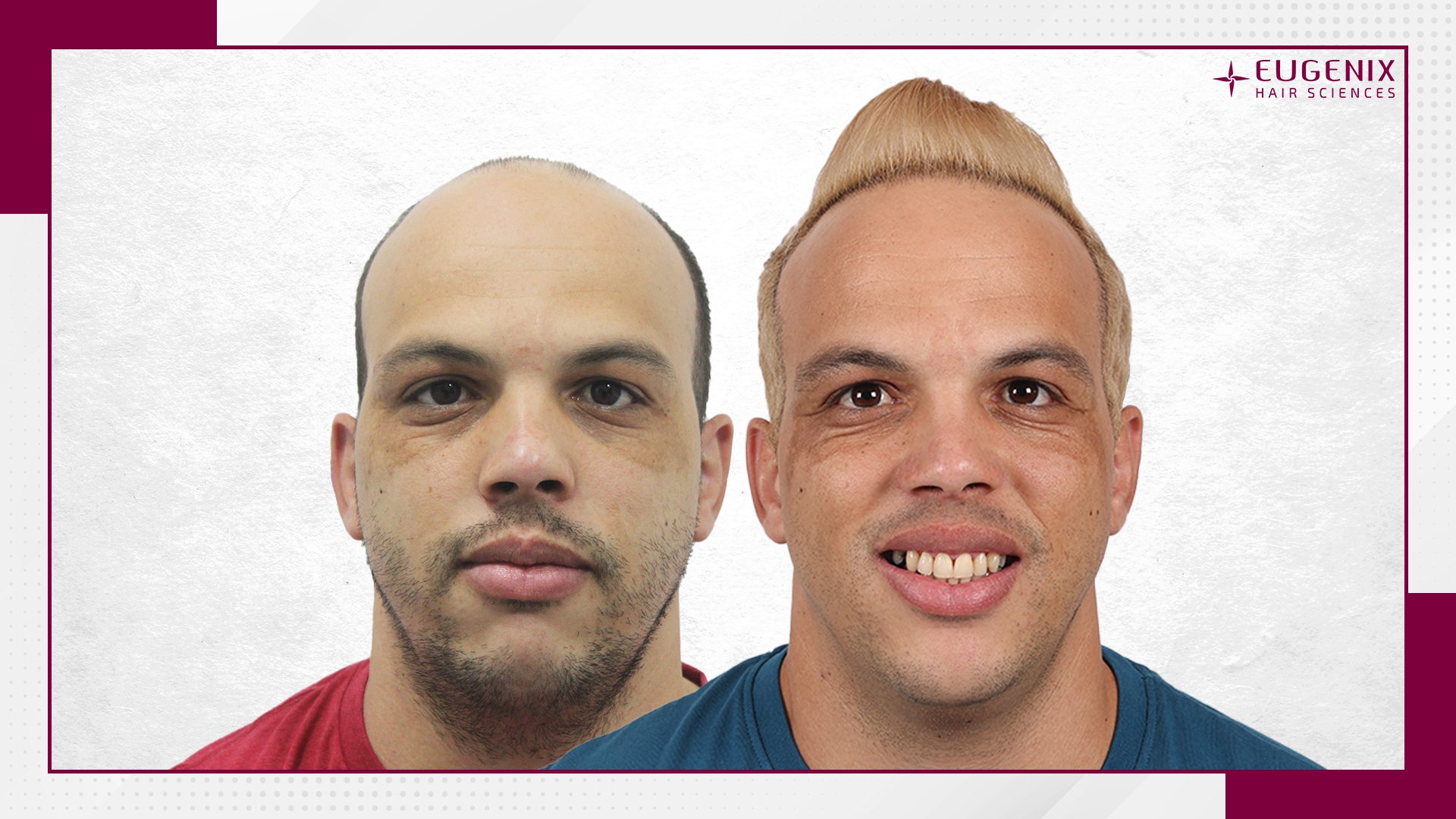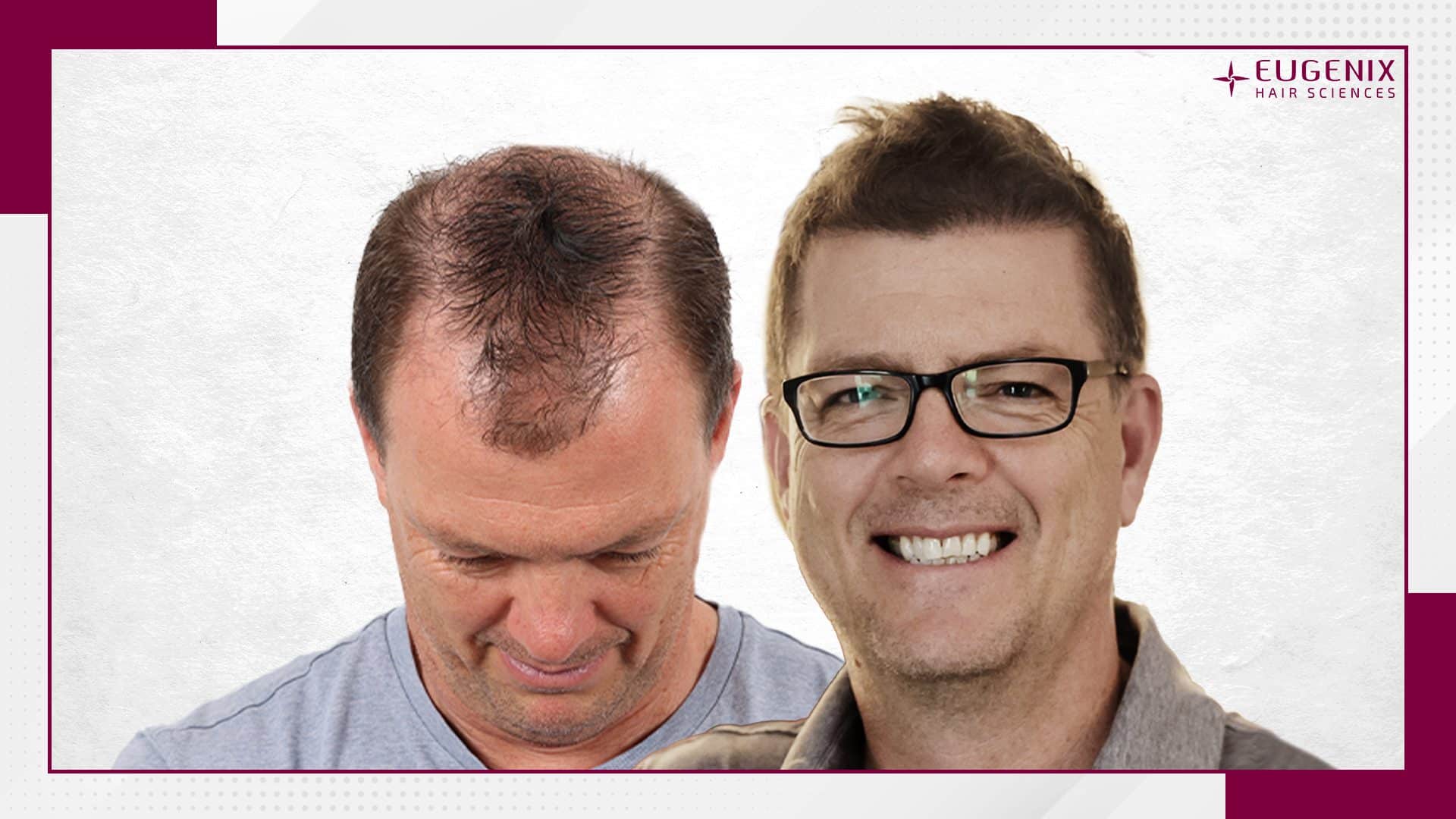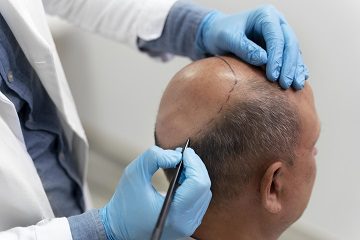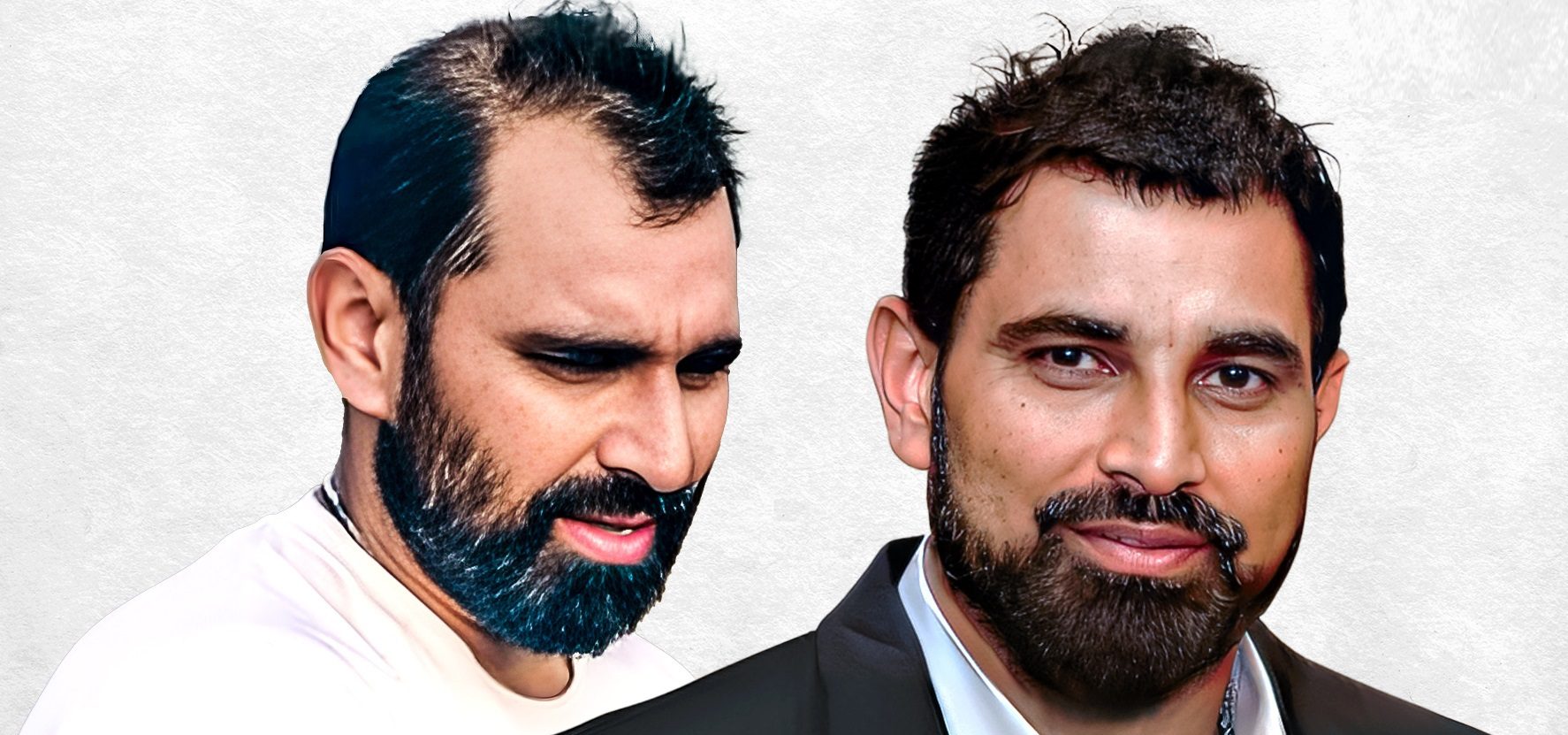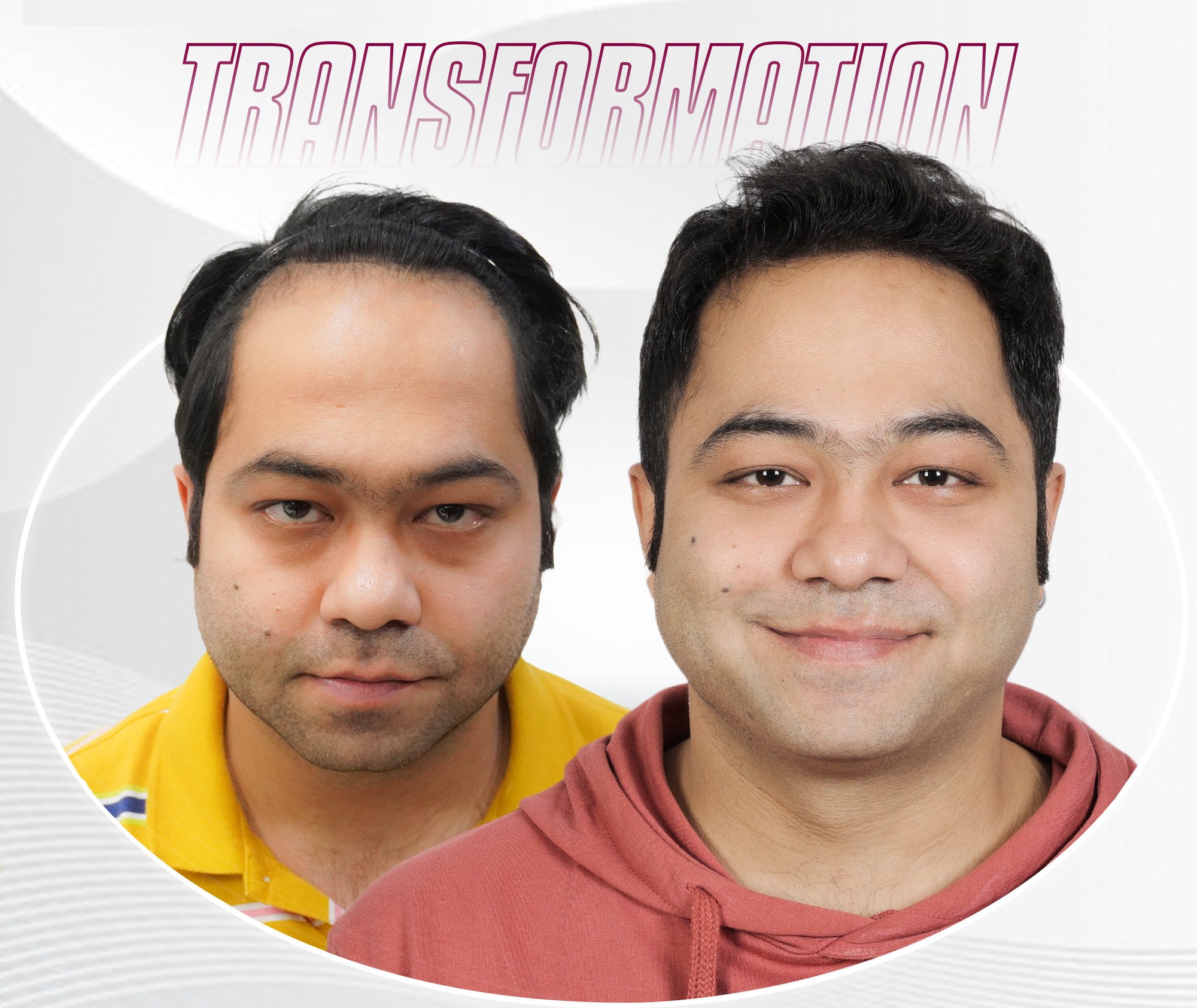What is Male Hair Transplant?
Hair loss, a concern faced by countless men worldwide, can impact self-confidence and overall well-being. While genetics, hormones, and other factors play a role, the quest for solutions remains constant. One of the most sought-after and effective remedies is male hair transplantation. If you’re contemplating this procedure or want to understand it better, you can go through all the resources on our website to help you decide.
Male hair transplantation is a surgical procedure that relocates hair follicles from one part of the body (usually a denser area like the back or sides of the head) to the balding or thinning regions. The goal is to restore or enhance hair density, offering a natural-looking result.
Male hair transplantation has evolved over the years, offering more sophisticated methods and improved outcomes. For men grappling with hair loss, it presents an exciting avenue to regain not just hair but also confidence. However, it’s crucial to consult with experienced professionals, understand the procedure thoroughly, and set realistic expectations. With the right approach, hair transplantation can be a transformative experience.


